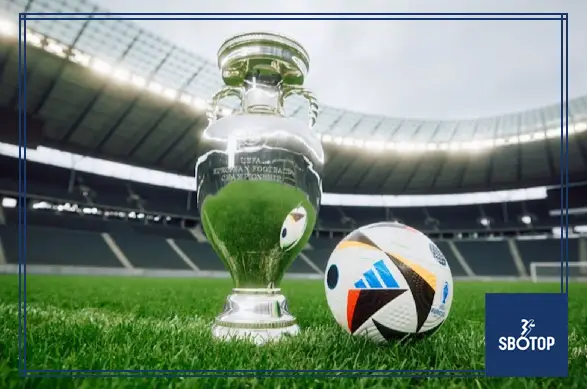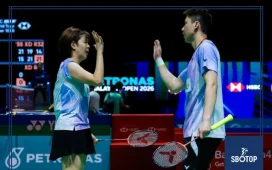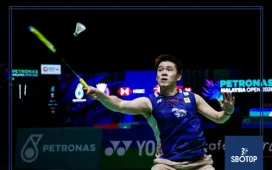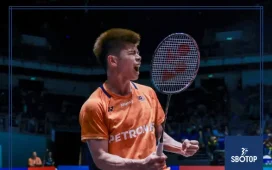As EURO 2024 approaches, the excitement builds not only for the showcase of Europe’s finest football talents but also for the technological innovations set to redefine the game. The tournament is poised to be the most technically advanced EURO yet, with the introduction of connected ball technology complementing the already established Video Assistant Referee (VAR), semi-automated offside technology (SAOT), and goal-line technology. This leap in technological integration marks a significant milestone in the sport’s history, promising enhanced accuracy, fairness, and a deeper engagement for fans and players alike. Here, we delve into each of these technologies, their implications for the game, and how they are set to transform the EURO 2024 tournament.
Connected Ball Technology
For the first time in a major tournament, EURO 2024 will feature connected ball technology. This innovative system involves a sensor embedded within the football itself, providing real-time data on its position, speed, and trajectory. The technology offers several benefits:
- Enhanced Accuracy for Decision Making: Referees can make more informed decisions with precise information on the ball’s position during crucial plays, particularly in scenarios where foul play is suspected or the ball’s trajectory is in question.
- Player Performance Tracking: Teams can analyze performance more effectively with detailed data on the passes, shots, and general play involving the ball.
- Audience Engagement: Broadcasters can provide viewers with advanced analytics and insights during live coverage, enhancing the viewing experience with statistics like ball speed during a goal or pass accuracy rates.
Video Assistant Referee (VAR)
Since its controversial debut, VAR has become a staple in rectifying clear and obvious errors in football matches. EURO 2024 aims to refine VAR usage to reduce game interruptions and increase transparency. Improvements include:
- Streamlined Decision-Making: Efforts to minimize the time taken to make VAR decisions will enhance the flow of the game, addressing one of the most common criticisms of the technology.
- Better Communication: Enhancements in how decisions are communicated to the fans in the stadium and viewers at home aim to make the VAR process as transparent as possible.
Semi-Automated Offside Technology (SAOT)
Building on the lessons from recent FIFA competitions, EURO 2024 will implement SAOT to support more accurate and quicker offside decisions. This system uses automated ball detection and player tracking technologies to assist the video match officials. Key features include:
- Speed: SAOT significantly reduces the time to make offside calls, thereby maintaining the game’s tempo.
- Accuracy: With automated tracking, the precision of offside decisions is expected to improve, reducing human error.
Goal-Line Technology
Goal-line technology has been successfully implemented in previous tournaments and leagues, providing definitive results on whether the ball has crossed the goal line. At EURO 2024, this technology will be integrated with other systems to provide a seamless technological framework supporting referees’ decisions. This integration ensures:
- Immediate Feedback: Referees receive instant signals on their watches, which helps in making swift decisions during critical goal-line incidents.
- Integration with VAR and SAOT: Goal-line technology data will feed into VAR and SAOT systems to provide a comprehensive view of critical plays around the goal area.
Implications for Teams and Players
The implementation of these technologies means teams and players must adapt to a new level of scrutiny and precision in officiating. Coaches will need to incorporate strategies that consider the precision of offside rulings and the incontrovertible evidence provided for goal-line incidents. Players will need to be aware that elements like the exact ball position and their own movements are constantly monitored and analyzed.
Challenges and Considerations
While the promise of technology enhancing fairness and gameplay is strong, several challenges remain:
- Technological Reliability: Dependence on technology invites scrutiny over its reliability. Failures, though rare, can have significant implications.
- Uniformity in Application: Ensuring that all officials are uniformly trained to interpret and act on the information provided by these technologies is crucial for their success.
- Cost: The implementation of high-end technology is expensive. Its use in international tournaments raises questions about accessibility and equality in leagues and competitions with fewer resources.
Also Read:








